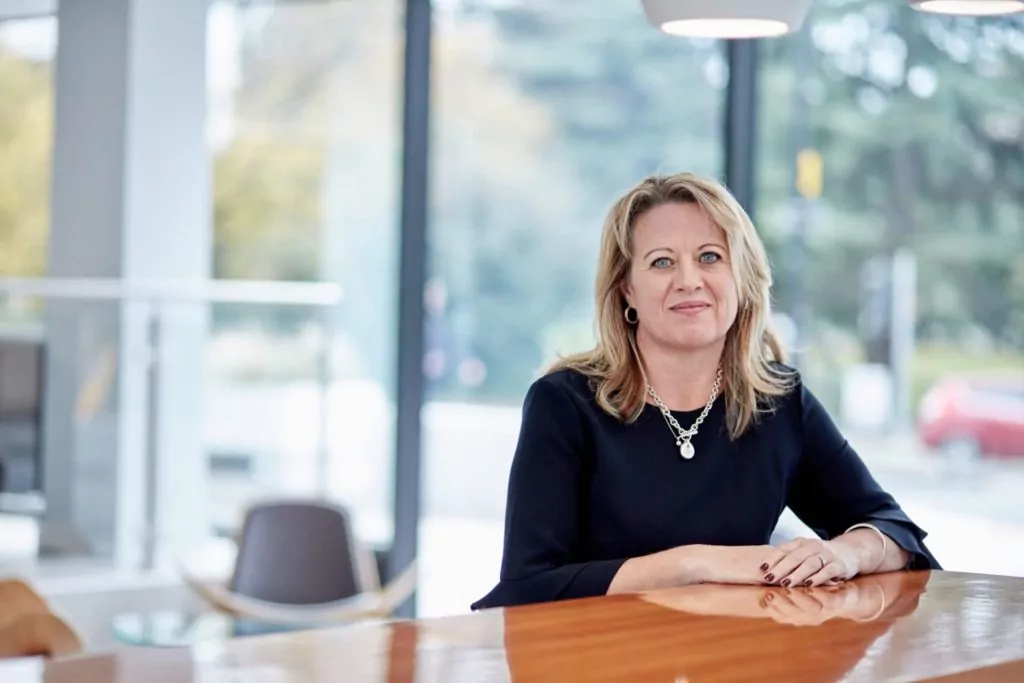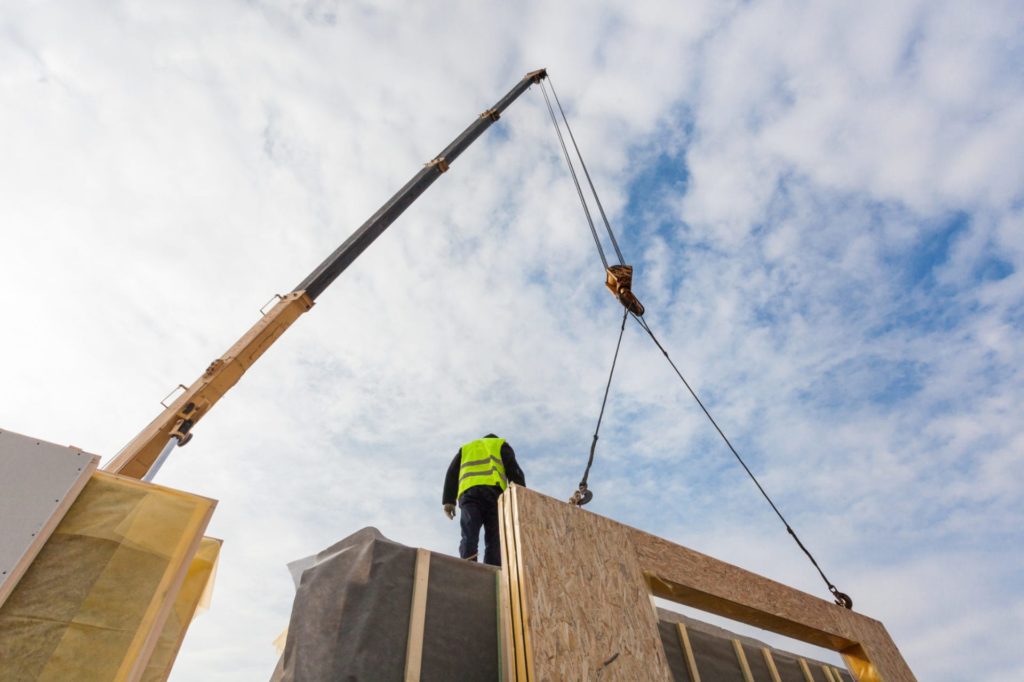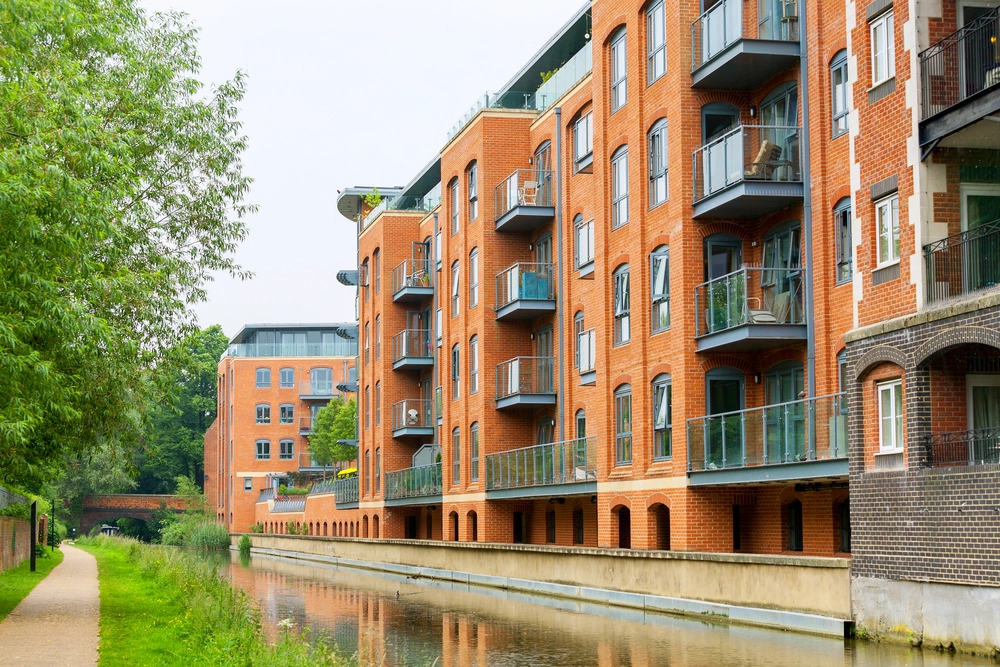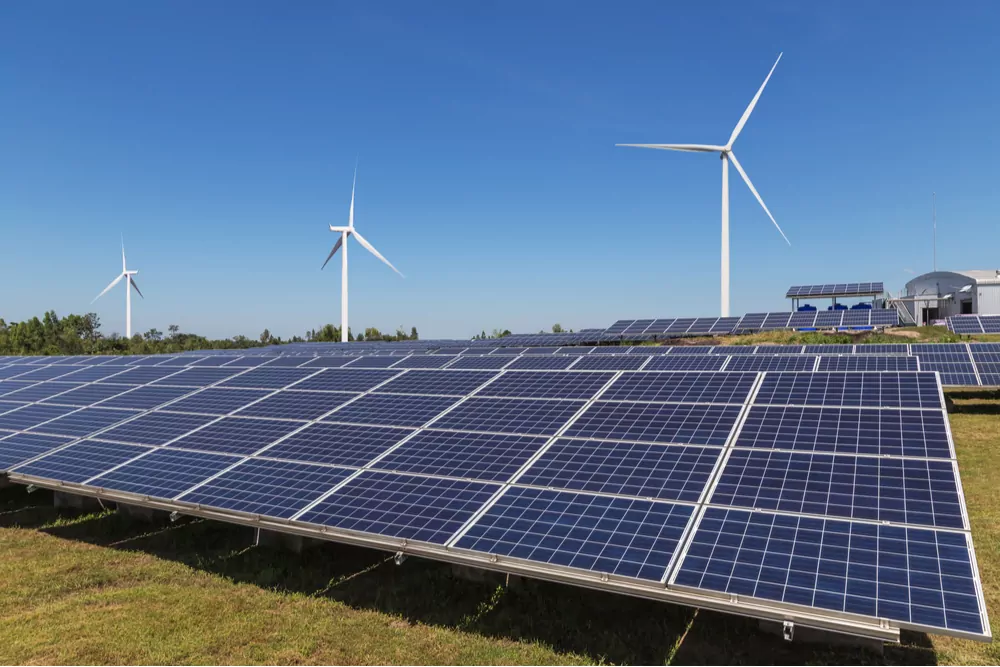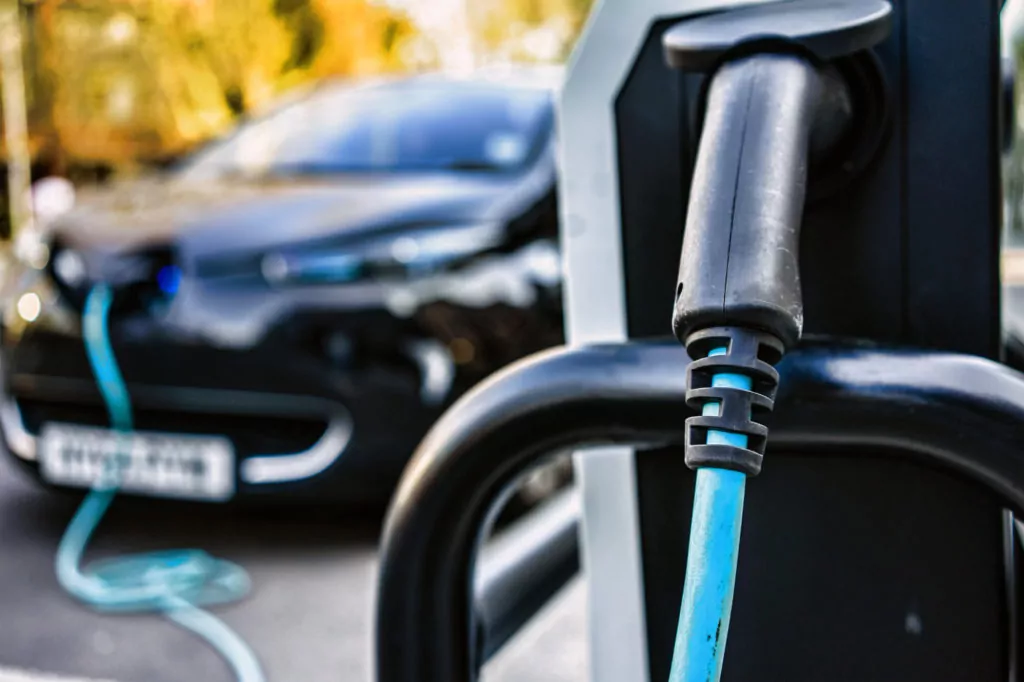
Microgrids: Key considerations for residential developers

By Aliki Zeri
27 Jan 2025 | 5 minute read
In recent years we have witnessed an increased interest in microgrids, particularly from the house-building community. The incorporation of renewable energy generation technologies (most frequently rooftop solar pv and battery energy storage systems (BESS) in new residential developments can' reduce electricity costs for house-owners and tenants, eliminate long delays for securing a connection to the electricity distribution system and remove the increasing cost of securing a grid connection.
What is a microgrid?
A microgrid is a privately-owned electricity network, where most (if not all) of the electricity supplied to customers connecting to the network comes from a clean energy generating asset. Most networks also interface with the distribution network, ensuring that in instances of low generation and high demand the needs of customers are met (although it is not impossible to establish closed system microgrids, but this is rare and usually only in very remote locations).
In the context of residential development, a microgrid could comprise solar pv panels installed on the roof of each dwelling, a communal BESS installed in a common area or electric vehicle (EV) charging points installed at each dwelling and/or at common areas. The electricity generated by the solar pv panels would be conveyed to a single substation, and from there to each individual dwelling (to power various devices, heating and EV charging points), and to common areas (for instance to power lampposts and communal EV charging points). Excess electricity would be stored at the BESS to be discharged at times of peak demand (where wholesale electricity prices would be high).
On a mixed development, additional solar pv panels would be installed on the roof of the relevant commercial units, with the electricity generated being conveyed to one substation, for onwards supply across the privately owned network.
Microgrid key considerations for residential developers
The key considerations for residential developers requiring additional time, effort and expertise (legal and technical) include:
Energy Service Company (ESCo)
The operation and maintenance of a microgrid, which involves both the maintenance of the physical assets (including the solar pv panels and BESS) and the way these assets generate revenue (which then furthers the continuous operation of the microgrid), requires specialised expertise. There are various companies in the UK that can offer such expertise. Typically, a company (Microgrid Developer) will assume some of the up-front cost of setting up the network (to include the costs of procuring the generating equipment, the import and export grid connection and the installation of said equipment), to be recovered through a long-term concession agreement with the residential developer for the operation of the network.
The company responsible for the set-up and subsequent operation and maintenance of the network will typically take the form of a private limited company (ESCo).
It is anticipated that both the Microgrid Developer and the residential developer (and, following practical completion of the development, the management company responsible for the housing development (ManCo)) will often wish to have a shareholding in the ESCo to ensure that if the Microgrid Developer were to fail, it would be possible for the ESCo to continue operating the microgrid. A shareholders' agreement would govern the position of each party and their relative power to make decisions in connection with the private wire network. However, in some instances, residential developers prefer not to have any shareholding in the ESCo and instead rely on other contractual remedies in the event of any potential insolvency of the Microgrid Developer.
Regulatory considerations
The generation, supply and distribution of electricity are licensable activities under the Electricity Act 1989 ("Act"), unless one of the class exemptions applies or an individual exemption is granted. The applicability of a particular exemption needs to be considered on a case-by-case basis. The owner and operator of the network would wish to be exempt from the requirement to hold a licence, thus avoiding onerous compliance obligations and associated costs.
In addition, the Act imposes specific obligations on exempt electricity suppliers and distributors, including providing the ability for end-customers to switch electricity suppliers, if they so wish. Even if a residential developer or ManCo is not directly involved in the day-to-day running of the network (as the Microgrid Developer will be largely responsible for this), a residential developer or ManCo needs to have a clear understanding of the applicable legislative requirements to ensure the ESCo's compliance.
Ownership of the equipment
The position regarding ownership of the generating equipment (including for these purposes the BESS and EV charging points) depends on where such equipment is located and the Microgrid Developer's business model.
Any equipment located in common areas will usually belong to the ESCo. Solar pv panels located on the roof of private dwellings will most likely be owned by the owner of each dwelling, with the Microgrid Developer being granted a right to use the electricity generated by the panels for the benefit of the private wire network (although some Microgrid Developers might prefer to retain ownership of or maintain some other form of proprietary interest in the solar pv panels for a certain period of time). Any EV charging infrastructure located on a private dwelling is also often owned by the owner of the dwelling.
Different structures present different issues to be considered by a residential developer. A housing association with tenanted properties will need to consider the way the arrangements would interact with a tenant's right to buy.
Contractual suite
Due to the complex nature of the construction, operation and maintenance of a microgrid, various agreements need to be put in place between the Microgrid Developer and the residential developer, the ESCo and end-customers and potentially other third parties too, such as an independent distribution network operator.
The following will be required as a minimum between the ESCo and the end-customer:
- Electricity supply agreement, for the supply of electricity via the microgrid.
- Agreement for the use of electricity generated by the generating asset (where this is owned by the owner of a dwelling).
It is typical for the commercial terms of any electricity supply agreement to provide that the price for electricity payable by the end customer is lower than the price that the customer would pay if they were to contract with a licensed supplier. The agreement should also provide protections that are equivalent to those benefitting customers of licensed suppliers, including around disconnection due to non-payment.
A residential developer will need to be familiar with the terms offered to end customers, as dwellings will be sold on the basis that the ESCo will be the incumbent electricity supplier and any issues associated with the performance of the ESCo or the terms offered are likely to be brought to the residential developer's attention in the first instance.
How can we help?
Our team has significant experience supporting on all aspects of establishing a microgrid, and understands the need for all agreements to work seamlessly together. If you are considering such a development, please get in touch with our expert development lawyers as early as possible so we can help you plan ahead.



